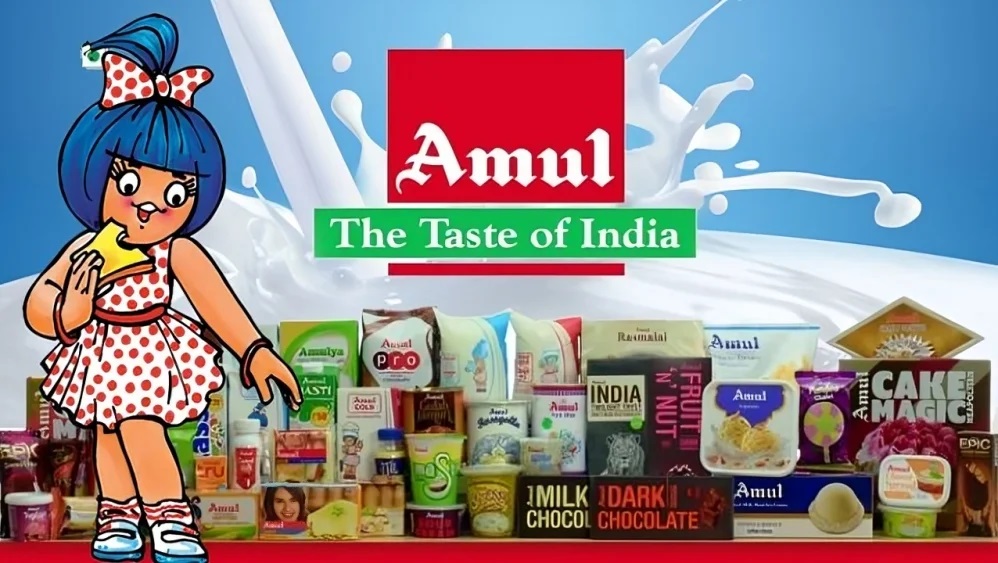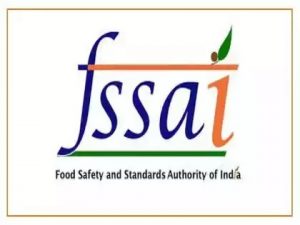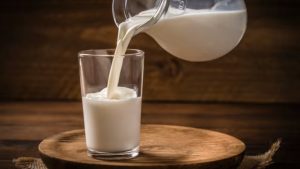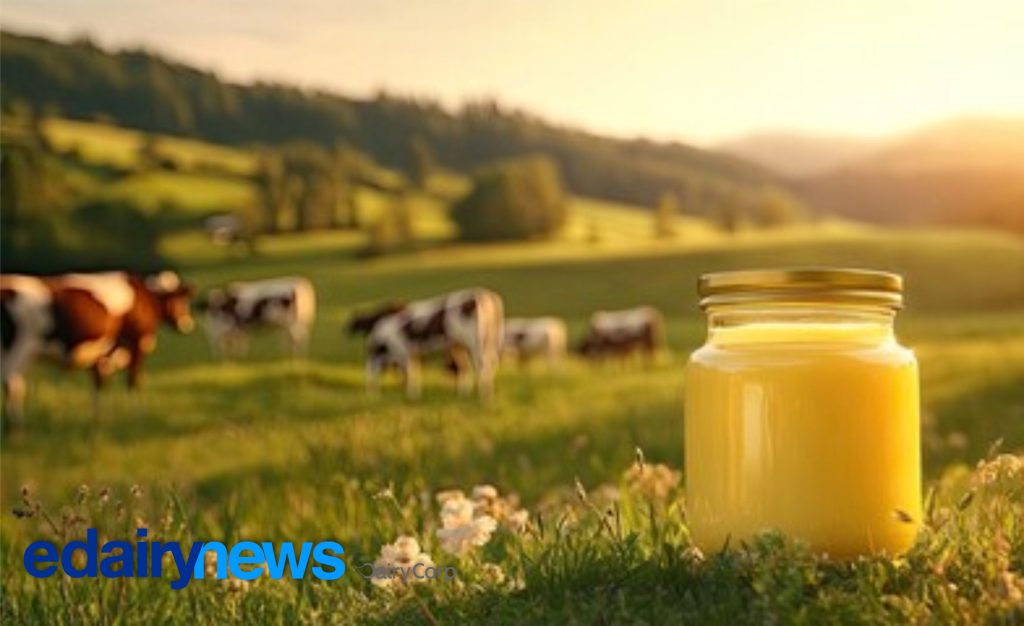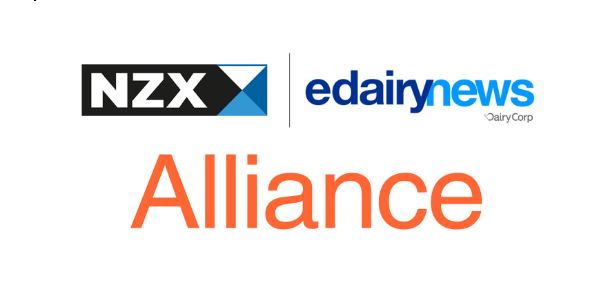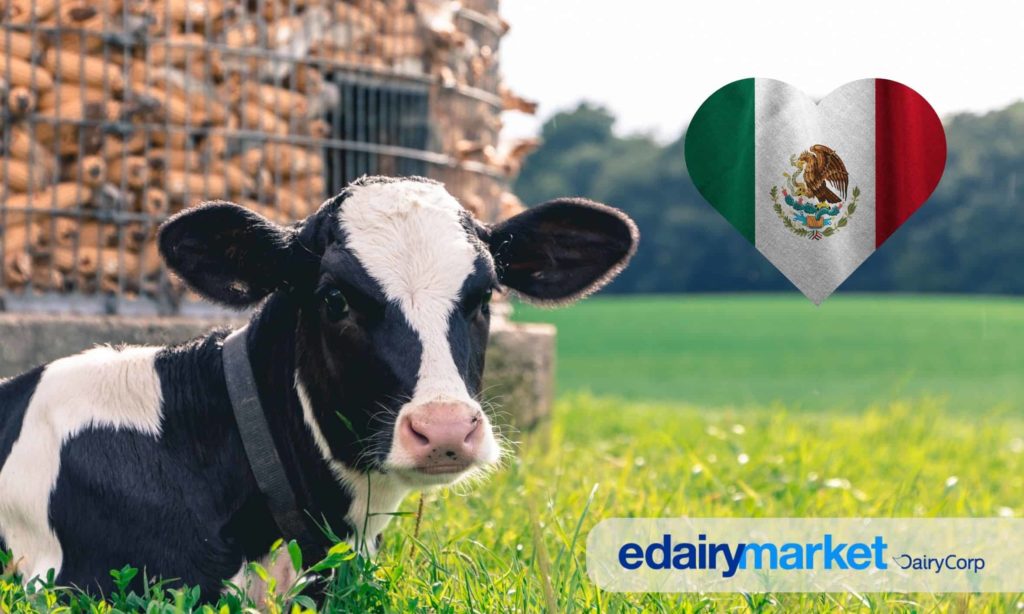
The recent ₹2 milk price increase, therefore, is not just a business adjustment — it is a signal. A signal that India’s dairy system, despite its global scale and cooperative strength, is under pressure.
On May 1, 2025, Amul announced a nationwide increase in milk prices by ₹2 per litre across all variants. Mother dairy already announced it earlier and other companies like Verka in Punjab and Parag Milks in west India are following the suit. While consumers have grown accustomed to periodic price revisions, this latest hike sheds light on a more persistent and structural challenge that India’s dairy sector has been grappling with — the escalating cost of milk production at the farm level.
This increase is part of a series of price adjustments made over the past four years. Since July 2021, Amul has revised its milk prices upward at least six times — with subsequent hikes in February 2022, August 2022, February 2023, June 2024, and now in May 2025. These are not just responses to inflationary pressures at the retail end but are deeply tied to the growing economic strain on dairy farmers who form the backbone of India’s milk supply chain.
Feed and fodder situation
One of the most significant drivers of this strain has been the sharp rise in feed and fodder costs, which constitute nearly 70% of a dairy farmer’s production expenses. In December 2021, fodder inflation was a manageable 4.25%, but by December 2022, it had skyrocketed to 28.66%. This surge was attributed to multiple factors — shrinking acreage for green fodder cultivation, erratic monsoons damaging standing crops, and rising demand for dry fodder like paddy straw and maize.
Maize, a staple in cattle feed, witnessed a 20% price hike in parts of southern India like Tamil Nadu’s Erode district during mid-2023. This was largely due to its diversion to more lucrative industries such as ethanol production, starch manufacturing, and exports. The resulting supply crunch pushed up prices, making it increasingly difficult for small and marginal dairy farmers to maintain consistent milk yields.In states like Himachal Pradesh and regions in the northeast, dry fodder shortages have reached alarming levels — up to 90% in some areas — driven by deforestation, lack of pasture development, and shifting cropping patterns. These conditions severely constrain the ability of farmers to feed their animals adequately, directly impacting milk production volumes and quality.
Compounding the problem further is the rising cost of fuel, which although volatile, has remained persistently high in recent years. This has a direct impact on every stage of the dairy value chain — from fodder transport to milk chilling and delivery logistics. As a result, even the cooperatives that pride themselves on operational efficiency and farmer-first models, like Amul, are left with little choice but to pass a portion of these input costs on to the consumer.
What’s in it for the processor ?- The Contribution Dilemma
A recent analytical study by Suruchi Research, a leading dairy sector think tank, examined the contribution margins in the milk value chain by using farm gate prices of cow and buffalo milk as proxies of input cost for the market prices of Toned Milk and Full Cream Milk from June 2021 to May 2025. The study uncovered a crucial trend: despite multiple retail price revisions during 2022 — including three significant hikes by the market leader Amul — the pressure at both the farmer and processor levels remained acute.

The analysis established a positive correlation between input cost pressures and the timing of price hikes, especially during the inflationary peak of 2022, when feed and fuel costs were at their highest. Interestingly, while the recent hike in May 2025 has marginally improved contribution margins for Full Cream Milk, Toned Milk continues to experience a slight decline compared to the last hike in August 2024. This divergence suggests that consumer price adjustments are not always enough to offset the variability in production economics — especially for lower-margin SKUs like toned milk.
Moreover, the study cautioned that depending on how processors use Skimmed Milk Powder (SMP) and butter in reconstituting market milk, contribution levels could swing in either direction. These variations highlight the complex balancing act dairy processors must perform between raw milk procurement costs, processing inputs, and end-product strategy — a dynamic that continues to shape milk pricing in India.
Despite these challenges, farmers are often at the mercy of procurement prices that do not always keep pace with rising costs. For most, milk remains the primary — if not the sole — source of livelihood. This disconnect between input cost inflation and income realisation has forced many smallholders to reduce herd sizes or exit dairy farming altogether.
To its credit, Amul and other players organised players with farmer orientation have tried to remain responsive to these realities. Their pricing decisions are guided not only by market signals but also by a commitment to ensuring fair returns to lakhs of milk producers across the country. Yet, even this model faces headwinds when structural cost drivers are beyond its control — such as fuel prices, climate change impacts, or government policy on grain and fodder usage.
The most recent outbreak of Lumpy Skin Disease in 2022, which affected nearly a million cattle, added another layer of complexity, weakening animal health and productivity just as feed prices were peaking. Without systemic intervention, such disruptions could become more frequent and more damaging.
What does this Rs 2 per litre of milk raise indicate ?
The recent ₹2 milk price increase, therefore, is not just a business adjustment — it is a signal. A signal that India’s dairy system, despite its global scale and cooperative strength, is under pressure. As policymakers grapple with food inflation, it is critical to look beyond retail pricing and examine the foundational economics of milk production.
Going forward, a sustainable solution will require targeted interventions — from incentivising fodder cultivation through subsidies and land support, to rebalancing ethanol and grain policies so that animal feed security is not compromised. Investments in animal health infrastructure and climate-resilient dairy practices are also essential to reduce future volatility.
In essence, the rising price of milk on the urban shelf reflects the rising cost of survival for India’s dairy farmers. Behind every litre lies a story of adaptation, struggle, and resilience — and if ignored, the consequences may be felt far beyond the breakfast table.
You can now read the most important #news on #eDairyNews #Whatsapp channels!!!
🇮🇳 eDairy News ÍNDIA: https://whatsapp.com/channel/0029VaPidCcGpLHImBQk6x1F
